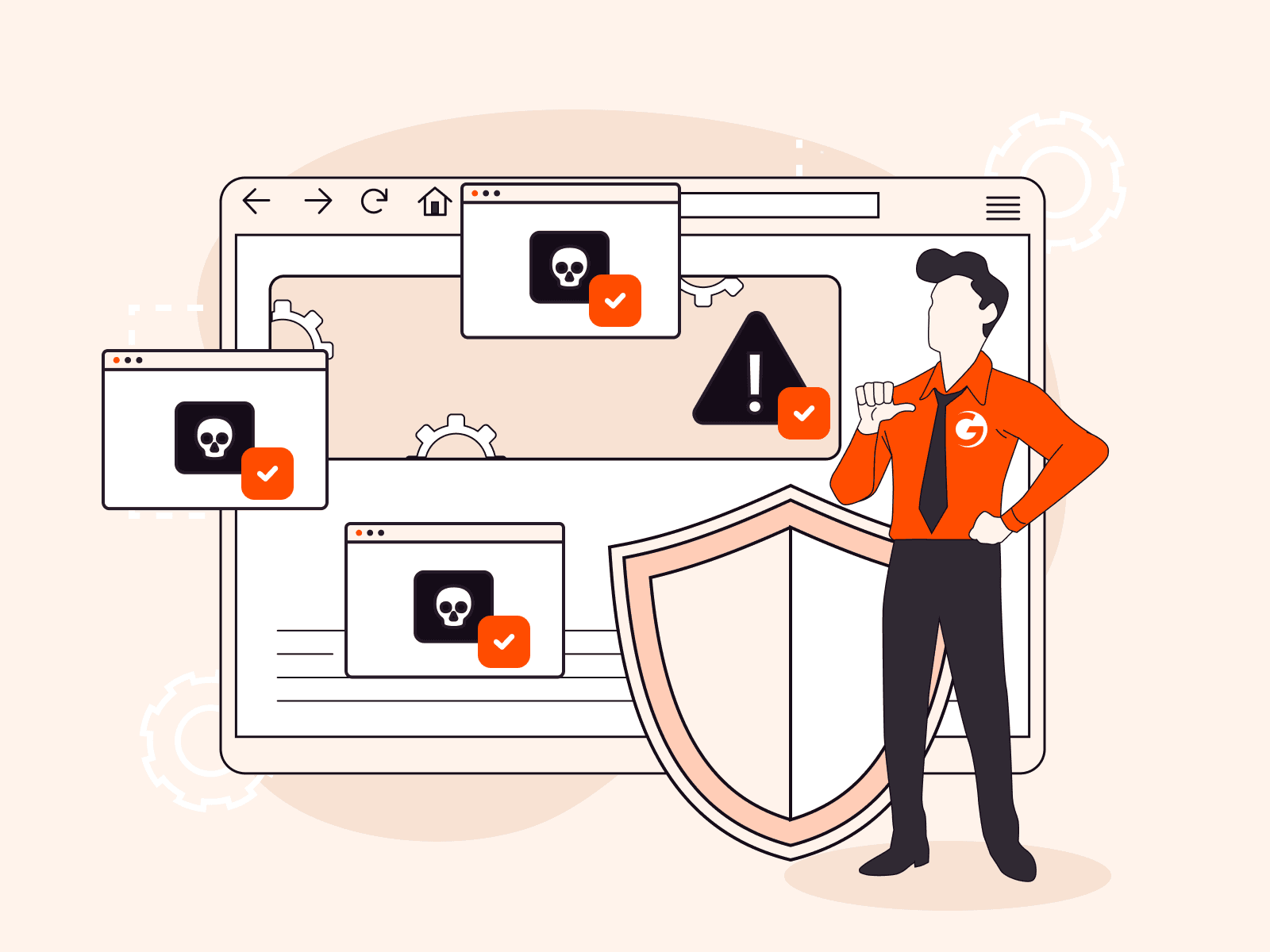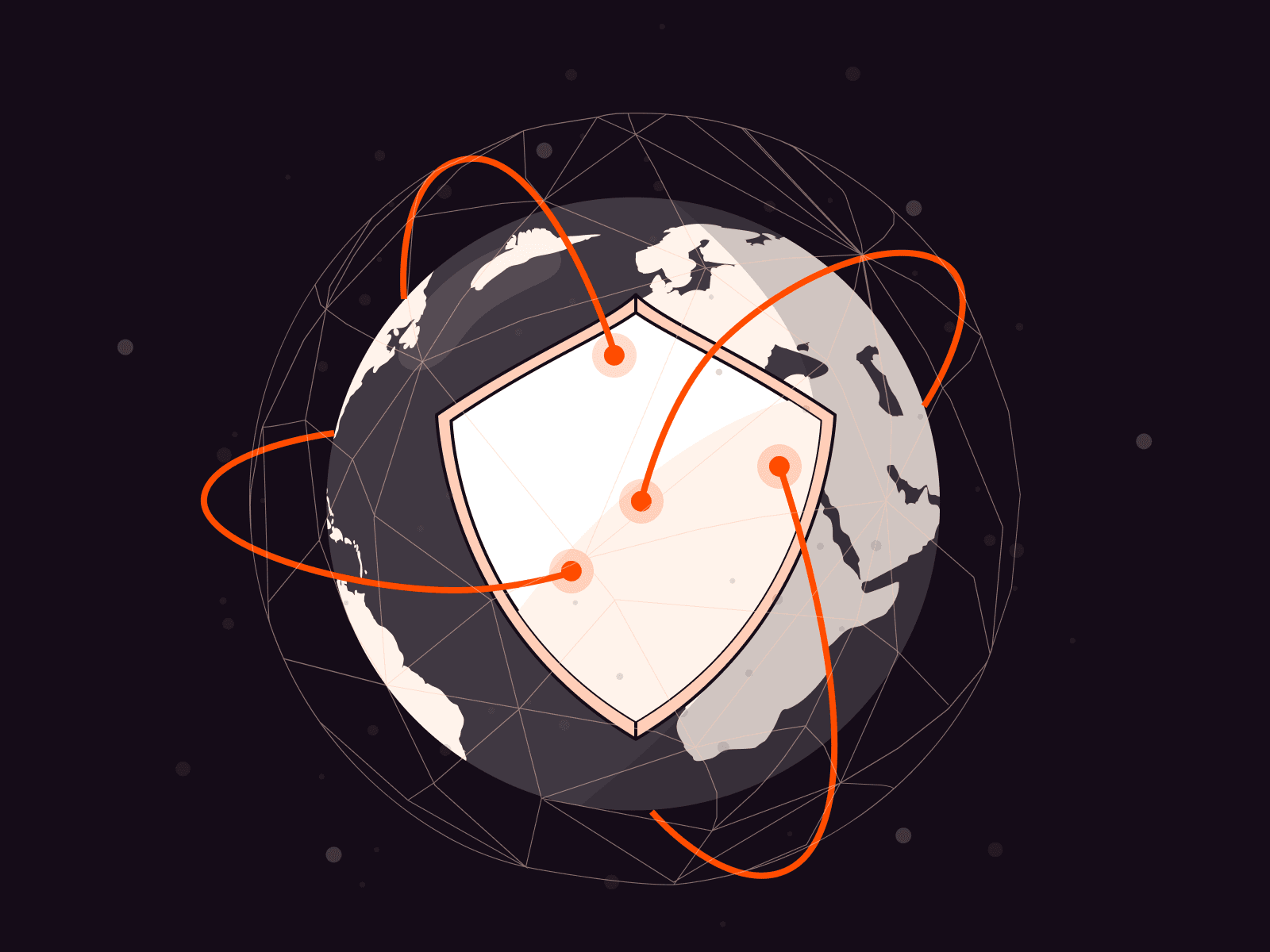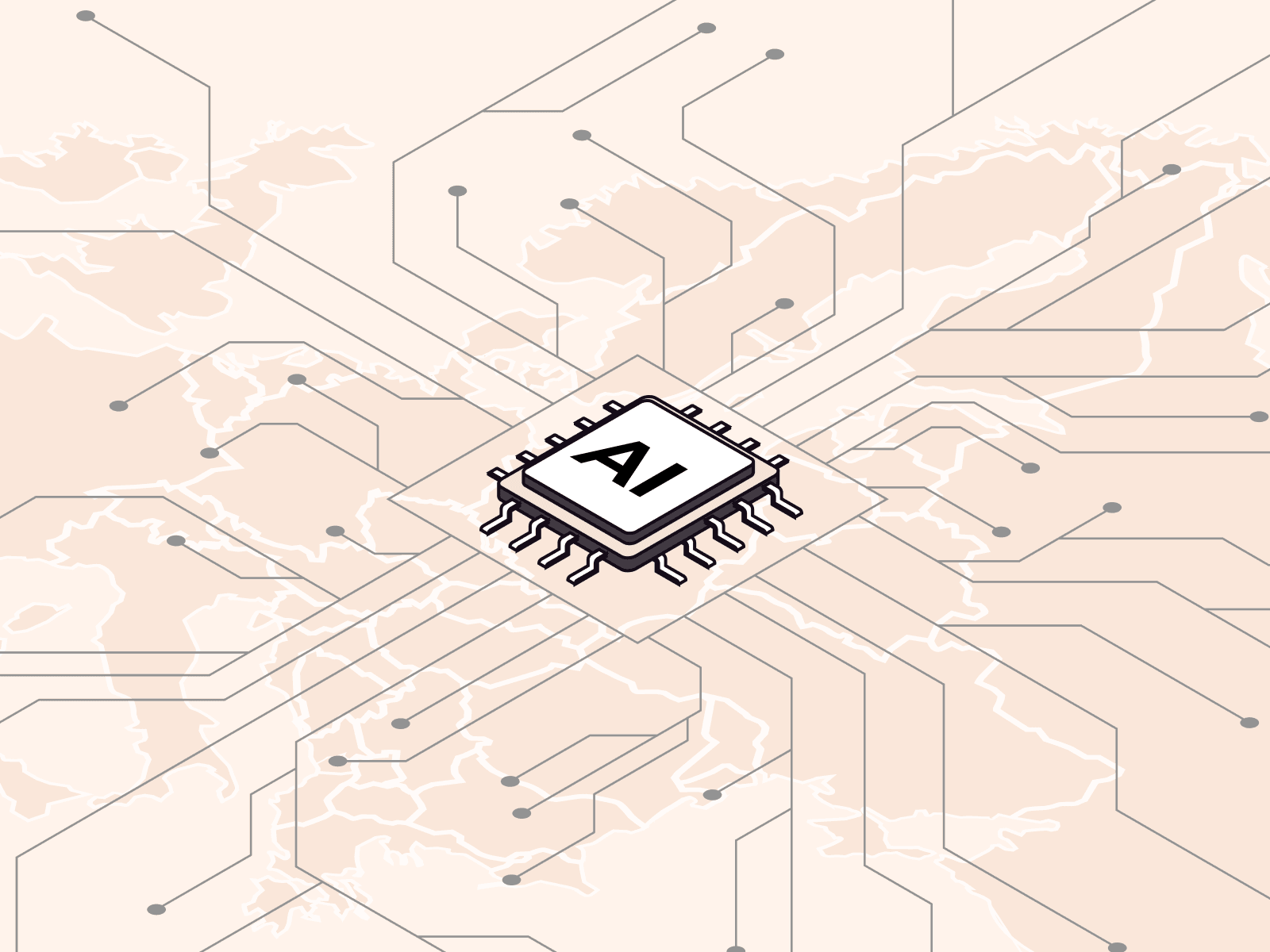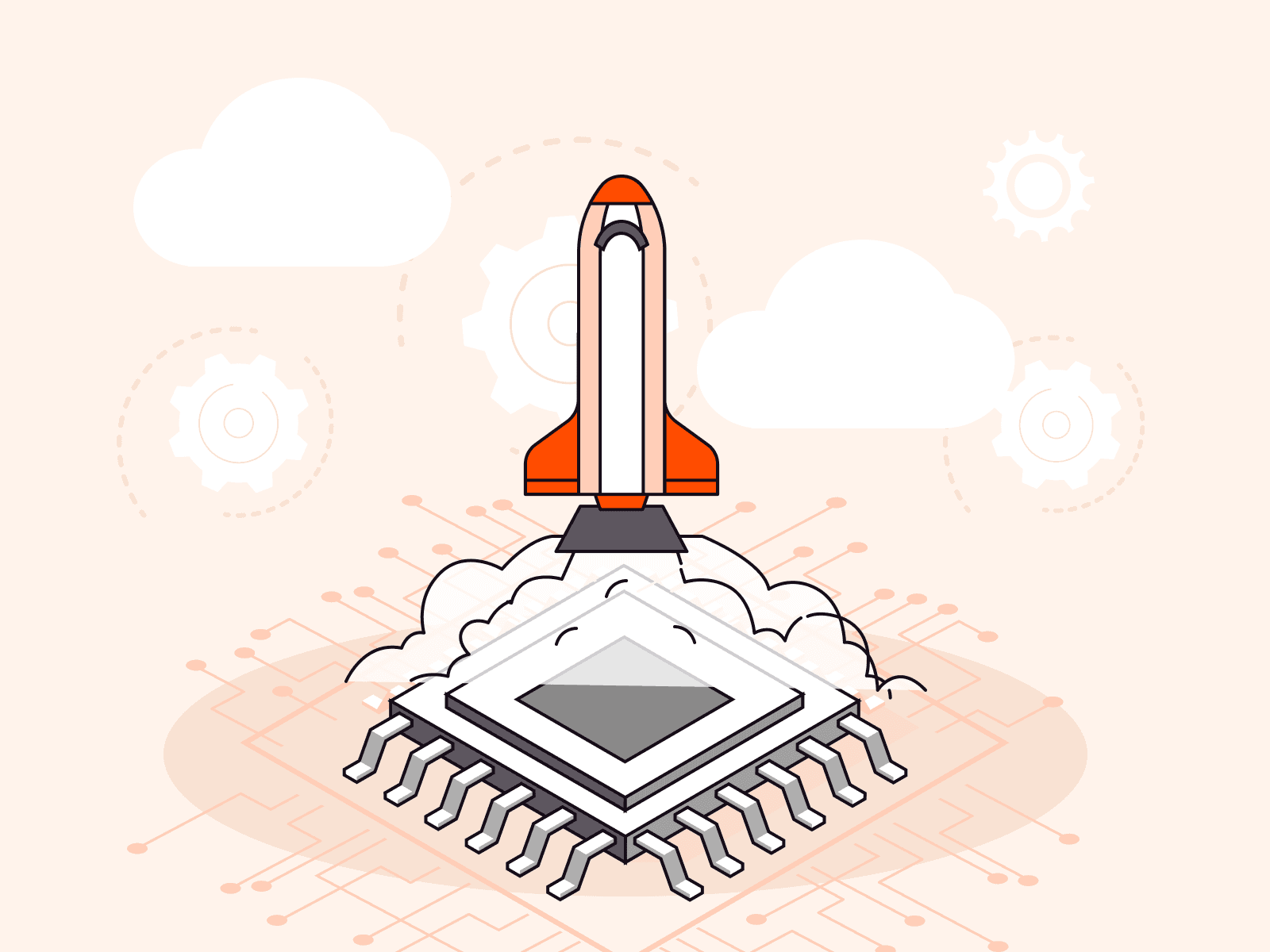How WAAP Enhances Risk Management
- September 19, 2024
- 4 min read

Cyberattacks happen with alarming frequency, with over 2,200 incidents occurring every day—that’s one every 39 seconds. Hackers are increasingly targeting web applications and APIs, as seen in a recent breach involving Twilio. Hackers exploited a flaw in an unsecured API endpoint to access millions of phone numbers from Twilio’s Authy app, exposing users to risks like SMS phishing and SIM swapping.
This incident highlights a significant gap in traditional risk management strategies. While companies understand the need for risk management, they often overlook the specific risks associated with web applications and APIs. That’s where web application and API protection (WAAP) comes in. A WAAP solution can offer proactive protection for the systems most at risk and can even learn, adapting to new and previously unknown threats with AI capabilities. This article explores the role of WAAP in a comprehensive risk management strategy, its impact on financial and reputational factors, and how Gcore WAAP is setting new standards for risk management cybersecurity.
How Data Breaches Harm Businesses
The mean time to identify a data breach in 2024 was approximately 194 days, while the mean time to contain it was 64 days. This long window of exposure represents a significant risk to organizations in terms of operational downtime, reputational damage, and financial penalties. During these periods, static security measures might fail to detect or respond to evolving threats, leaving organizations vulnerable. From a risk management perspective, this gap can be costly. The average data breach sets a company back to the tune of $4.88 million, a number that’s on the rise year on year. In certain regions, the costs average much higher: the US clocks in at $9.36 million and the Middle East at $8.75 million. Particular industries also suffer, like healthcare with a global average data breach cost of $9.77 million.
Regulations such as PCI DSS, GDPR, and HIPAA set the baseline for security practices, but evidently, they do not account for all potential threats. Even fully compliant businesses become victims of data breaches. Effective risk management requires a proactive approach, addressing threats that may not be covered by basic compliance requirements.
A robust WAAP solution can address both of these issues. AI-enabled security, such as a modern WAAP, can slash detection times and reduce financial losses by half compared to manual methods alone.
WAAP for Next-Generation Risk Management
Risk management in modern businesses revolves around anticipating and mitigating threats before they have the chance to become full-scale disruptions. A cyberattack leading to a data breach can result in direct financial losses, reputational damage, and compliance standing.
Traditional security measures, with their static rules, can be effective against certain data breaches, but they often struggle to keep pace with rapidly evolving attack techniques. That’s especially true for especially new, previously unknown threats that can evade existing risk management systems.
With machine learning and real-time analysis, WAAP avoids the pitfalls of traditional security solutions. It identifies unusual patterns in traffic as they happen and blocks malicious activity that would have gone unnoticed by older systems. It’s proactive, constantly evolving to match the strategies of malicious actors, and able to ensure that emerging threats—like zero-day vulnerabilities—are addressed before they reach critical points.
Deploying WAAP is a strategic move that extends beyond basic defense and impacts both financial and reputational outcomes. Consider the following:
- Cost reduction: Data breaches are expensive, with the average cost standing at approximately $4.88 million in 2024. WAAP reduces breach likelihood, protecting against the significant costs of remediation, fines, and legal fees. While the upfront cost of WAAP might be significant, the return on investment is substantial. By reducing risk exposure, preventing downtime, and avoiding fines, WAAP provides long-term value and peace of mind.
- Reputation preservation: Security incidents can damage a company’s reputation. A single breach may erode customer trust and lead to negative publicity. WAAP mitigates these risks, safeguarding your organization’s reputation and ensuring continuity of business operations.
- Regulatory compliance: Meeting regulatory standards is mandatory. Non-compliance can result in fines and legal issues. WAAP helps adhere to regulations and offers an extra layer of protection, demonstrating a commitment to security beyond the baseline requirements.
Integrating WAAP With Existing Risk Management Cybersecurity Measures
A well-rounded risk management strategy requires more than isolated security solutions. Any WAAP solution must include tools and systems that can address specific aspects of the threat landscape, working in concert with existing security measures by adding unique abilities such as real-time threat intelligence and adaptive protection to address gaps where traditional methods fall short.
Here’s how WAAP integrates seamlessly with other security measures:
- Layered security: WAAP complements traditional security systems such as firewalls and intrusion detection systems. By adding extra layers of defense, it ensures that even if one security measure is bypassed or compromised, other layers remain intact and effective. This multi-layered approach fortifies your overall security infrastructure, making it more resilient against attacks.
- Advanced detection: WAAP leverages machine learning and behavioral analytics to provide real-time threat detection. This advanced capability is crucial for identifying complex attack patterns and zero-day vulnerabilities that conventional systems might overlook. By continuously analyzing traffic and user behavior, WAAP enhances your ability to detect and respond to the most sophisticated and new threats.
- Dynamic response: Unlike static security solutions, WAAP adapts to threats as they develop. It can respond to attacks immediately, even if they’re not known attack types, and can handle high-volume threats like DDoS attacks. This dynamic response capability ensures that legitimate user traffic remains unaffected, maintaining service availability while countering malicious activity.
- Framework integration: WAAP can be effectively integrated into broader risk management frameworks. This integration promotes comprehensive risk assessments and ongoing compliance monitoring, providing a unified view of your security posture. By embedding WAAP into your risk management strategy, you can enhance your ability to manage and mitigate risks across your organization.
Elevate Your Risk Management with Gcore WAAP
WAAP is a crucial element in any comprehensive risk management strategy. By addressing current challenges and preparing organizations for future threats, WAAP offers advantages that extend beyond what traditional solutions can provide.
Gcore WAAP minimizes risk through improved threat detection and reduced false positives, making it a proactive solution for safeguarding against financial losses and reputational damage in today’s threat landscape. It offers advanced risk management by centralizing decision-making at the edge, which ensures security measures are consistently applied without delays. Machine learning and behavioral analytics keep your business ahead of evolving threats, effectively detecting zero-day attacks and distinguishing between legitimate and harmful traffic.
Related articles
Subscribe to our newsletter
Get the latest industry trends, exclusive insights, and Gcore updates delivered straight to your inbox.






